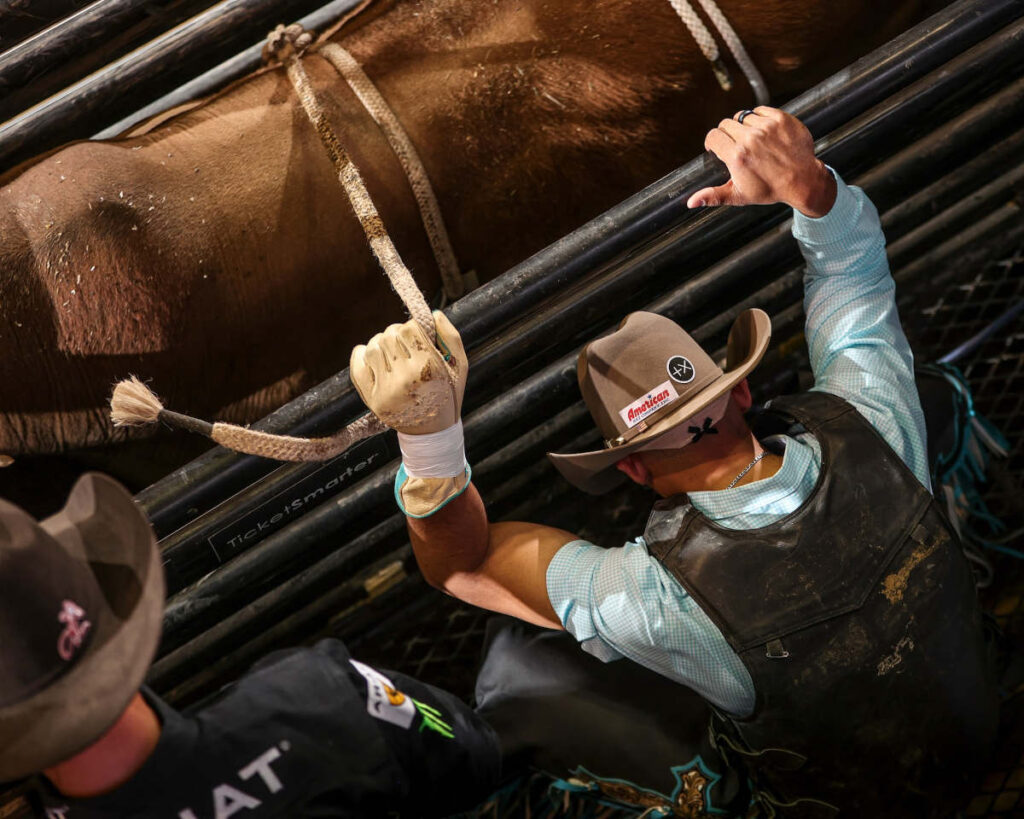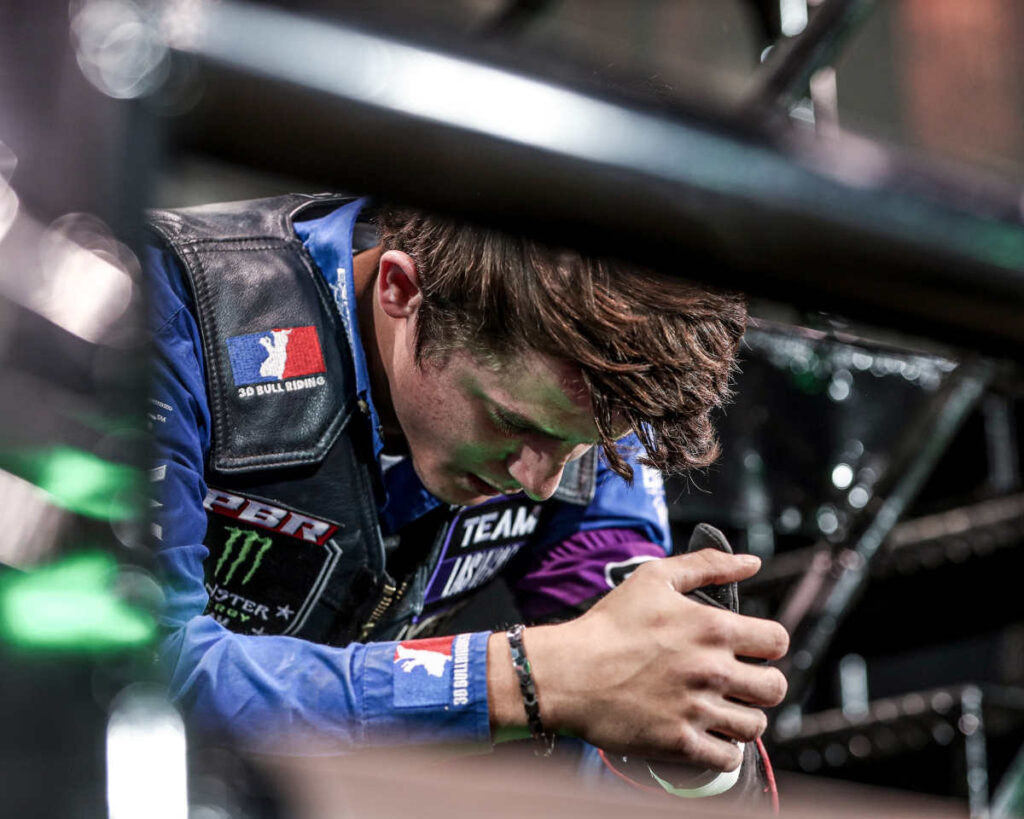Sergio Pitol begins The Journey, a hybrid travelogue and literary chronicle, with an account of his failed attempt to write an essay about Prague, where he lived for six years in the 1980s. His plan was to describe his conversations with professors of literature, his outings to the imperial spas, his walks in the footsteps of Kafka, his viewings of Bauhaus buildings. All these details and more he expects to retrieve from the diaries he kept while he lived in the Czech capital. But when he scans the hundreds of pages he’d written, he finds nothing useful about Prague. Nothing at all.
“It was—and continues to be—incomprehensible to me,” he writes. “As if one morning I looked in the mirror to shave and could no longer see my face, not because I had lost my sight, but because I didn’t have a face.” This disconcerting predicament—comic but tinged with dread—sets in motion a sequence of dislocations, non sequiturs, and strange turns of fate. Since he can’t write about Prague, he decides to write about a trip during the same period that he did record in his diaries. It begins with an invitation to the Soviet republic of Georgia, but as Pitol awaits his departure, he is summoned to Moscow by the Union of Soviet Writers, who take charge of his itinerary, booking him for talks on Mexican literature and trying to persuade him that he really wants to visit Ukraine, not Georgia.
As his stay in Moscow drags on, his mind turns to dreams, which for some reason visit him with inordinate frequency in the Soviet Union. After attending an overwrought production of Gogol’s The Wedding and consuming an excess of pastries, blini, and caviar, he has a dream as strange and suggestive as his most baroque fictions. In it, a minor Mexican playwright of the 1940s convinces him to join her in an interpretive dance performance of the Chekhov novella The Murder. They dance frenetically, desperately: “There were moments of dancing on point and others in which we jumped gaily and closed like accordions as we fell on the floor.” Their exertions are uncannily like those of a writer frantically trying to compress a headful of ideas into the ungainly shape of a book. Finally, exhausted, Pitol escapes from the theater, where he is accosted by a girl who holds a mirror up to his rotten, decomposing face. When he wakes from the dream he is happy, but as he records it, his happiness fades: “Why,…wide-awake, did I think that I had a funny dream, which now, as I transcribe it, causes me unbearable anguish?”
Pitol’s trajectory as a writer was itself roundabout, with much doubling back, self-doubt, and delayed recognition. Born in 1933 in Puebla, Mexico, he began to write in his early twenties in Mexico City, where he studied law alongside Carlos Fuentes. But it wasn’t until 1984, when he won the important Herralde Prize for The Love Parade, the first novel in his Carnival Triptych, that he gained a substantial readership; he reached the height of his career in the 1990s with the publication of The Art of Flight, the first of three literary memoirs in his genre-bending Trilogy of Memory (which also includes The Journey, published in 2000—perhaps the best introduction to Pitol for newcomers—and The Magician of Vienna, published in 2005).
Meanwhile, he was lapped by at least two generations of writers: the Boom, whose members were roughly his age, and successive waves of younger post-Boom writers who appeared on the scene in the 1980s and 1990s. His work wasn’t available in English until 2015 (three years before his death), when Deep Vellum began publishing nearly a book a year in translations—careful and commendable for the most part, but occasionally so close to the Spanish as to be distracting, particularly in the case of The Love Parade—by George Henson.
Pitol’s writing is rooted in midcentury (and even postrevolutionary) Mexico, but he was also shaped by the thirty years he spent living abroad, primarily in Eastern Europe, with important sojourns in Rome, Barcelona, Beijing, and London. For much of that time he had various posts in Mexico’s diplomatic service, but he also made a living translating (from languages including English, Polish, Hungarian, Italian, and Chinese) more books than most people read in a lifetime—swaths of Conrad and Henry James, his beloved Ronald Firbank, Witold Gombrowicz, and Jerzy Andrzejewski, among many others. As a translator and a reader, he took a special interest in those he called “the eccentrics,” among them Firbank and Gombrowicz, as well as Laurence Sterne, Nikolai Gogol, Bruno Schulz, César Aira, Augusto Monterroso, Flann O’Brien, and others. He drew a sharp distinction between avant-gardists and eccentrics: the former cluster in groups and expel outsiders, while the latter are dispersed and solitary, detached from their surroundings, “a group without a group.” Pitol himself, of course, was a classic eccentric: a Mexican at the wrong end of Europe (far from the Paris of his expat compatriots), a writer on the fringe championing other writers on the fringe.
He was the consummate cosmopolitan, but in his Trilogy of Memory he often presents himself as someone whose passage through the world is tentative and half-blind. (Sometimes literally—at the start of The Art of Flight, he tours Venice without his glasses: “As the mist concealed my view of palaces, piazzas, and bridges, my happiness grew.”) In his telling, he’s always starting over in new countries, just missing important political moments (“either they had just occurred when I arrived somewhere, or they were about to happen as I was about to leave”), having to defend himself in the face of Europeans who see him as “the beau savage with Borgesian memories and flashes of Che Guevara.”
Some of the funniest anecdotes in the trilogy involve Pitol’s mortifying encounters with other writers. In The Art of Flight, a long-awaited day with Antonio Tabucchi, whom Pitol greatly admires, goes off the rails. Pitol, deaf in his left ear, allays his own fears that he won’t be able to hear Tabucchi by rambling on for hours about dreams, a Chekhovian cab ride, and a Mexican president from the revolutionary period. I think this is a true story, though it’s hard to be entirely sure in the trilogy, which reads like memoir but is laced with fiction.
Despite his professions of awkwardness, from the very beginning Pitol had formative literary friendships, and reading the criticism in Spanish, it can begin to seem as if there is no writer who hasn’t gone for a memorable stroll with him—a fondness for his person mingles with an appreciation of his writing. A raft of fellow writers (Enrique Vila-Matas, Álvaro Enrigue, Mario Bellatin, Elena Poniatowska, Margo Glantz) usher Pitol into English in introductory or concluding essays. The cultural critic Carlos Monsiváis and the poet and novelist José Emilio Pacheco figure in his accounts of his Mexico City apprenticeship, and even at his lowest point—in Barcelona in the late 1960s, after he resigned from his government post in protest of the Tlatelolco student massacre and was barely scraping by, brushing his teeth with soap and getting tips on free food from hippies in dive bars—he was on the verge of a fortunate encounter with Beatriz de Moura and Oscar Tusquets, founders of the Spanish publishing house Tusquets Editores, where he went on to launch Los Heterodoxos, an influential series specializing in his eccentrics.
The chronology of Pitol’s life is rehearsed over and over again in the trilogy. Sometimes starting from the beginning and other times from an episode along the way, Pitol traces and retraces his literary development (which for him is synonymous with his life story). Dreams, diary entries, lists of readings, accounts of writing processes, random encounters, appreciations of writers and theater productions, travel stories: these are the elements in play. It’s nearly impossible to make an outline of even just the first section of The Art of Flight, because Pitol is constantly interrupting himself, adopting and abandoning one organizing principle after another. The effect is a kind of erudite dizziness. By the end of The Magician of Vienna, the spirals grow tighter as in a span of thirty pages he circles around twice to the beginning of his career—“In 1956 I wrote my first stories, and in 1959 I published my first book”; “I began writing in the middle of the last century. In the year 1956 to be exact”—as if the coils of memory were closing in on the moment of genesis.
These narrative patterns are echoed in the endless overlapping lists he makes of writers and books, an alternate map of his existence. There are the books he reads in his childhood (“all of Verne, Treasure Island…Dickens…Creole Ulysses by Vasconcelos, War and Peace, the Mexican poets of the Contemporáneos group”); the most perfect books (Marcel Schwob’s The Children’s Crusade, Kafka’s The Metamorphosis, Borges’s The Aleph, Augusto Monterroso’s Perpetual Motion); the eccentrics, closest to his heart; the Central European writers he discovered before anyone else in Mexico (Robert Musil, Elias Canetti, Ödön von Horváth, Hermann Broch, Heimito von Doderer, Johannes Urzidil).
Pitol parodies his own list-making at the beginning of The Magician of Vienna, slipping into a fictional mode to skewer Gustavo Esguerra, a maniacal reader who catalogs eighteen authors he loves best (“in order: Shakespeare, Nikolai Gogol, Benito Pérez Galdós, Alfonso Reyes, Henry James…”), only to set them against the authors Esguerra has in fact read most (“Marcel Schwob, Juan Rulfo, Miguel de Cervantes, Tirso de Molina…”). On the one hand, we find ourselves attempting to tease out a deeper understanding of Pitol from this mesh of names, and perhaps to imagine our own bibliographical autobiography. On the other hand, we begin to wonder: What does it even mean to love a book?
Toward the end of 1991, in an attempt to give up smoking, Pitol visited a hypnotherapist who asked him to remember a few important moments in his life. As he describes in The Art of Flight, hundreds of images swarmed his mind, all static, all insignificant: “In spite of the fact that I’m in a trance, it still amazes me that none of these images alludes to an important moment in my life.” The details become more and more banal—jackets, sweaters, coats worn on particular occasions—until suddenly he’s confronted with a vision of himself and his brother Ángel, both crying on a sunny terrace. Pitol is about five and his brother is eight. So begins his recovery of a foundational memory: the death of his mother.
In the highlands of the Sierra Madre Oriental in the Gulf state of Veracruz lies the town of Huatusco, founded by Italian immigrants, among them Pitol’s grandparents. Sometime after the death of Pitol’s father from meningitis in 1937, the family went on an excursion to swim in the nearby Atoyac River. Trips to the river were full-day expeditions, like something out of a Western Hemisphere Passage to India: wicker hampers, peasants clearing a path through the jungle with machetes, women carried across a rope bridge. On this particular trip, when Pitol and his brother arrived with their grandmother to join the party, they were greeted with the news that Pitol’s mother had drowned. A few weeks later, his younger sister died of diphtheria. Pitol and his older brother, orphaned, went to live with his uncle and grandmother at the family’s sugar mill in Potrero, Veracruz.
Pitol’s sudden recollection in the hypnotherapist’s office of the scene of his mother’s death reveals much to him: “Many things had become coherent and explainable: everything in my life had been nothing more than a perpetual flight.” He realizes that he has spent his life protecting himself from the memory of that tragic moment, wrapping himself in armor. This new awareness frees him. Perhaps it’s no coincidence that five years later he published the breakthrough first volume of his Trilogy of Memory. The Art of Flight became an act of arrival, the confident performance of a writer who has recognized and embraced his vulnerabilities and evasions. As he tells the hypnotherapist in an unprompted and rather humorous literary self-analysis before they even embark on the hypnosis, he has built his writing—and, of course, his life—on detours and circumlocution.
This suggests that in The Art of Flight Pitol has finally settled into a kind of freewheeling natural rhythm, and that is perhaps misleading. The trilogy has indeed had a freeing influence on other Spanish-language writers—Pitol’s experimentation with genre, his easy familiarity with far-flung literary worlds, and his utter devotion to literature are regularly cited. But I sense that another reason he is so beloved by his fellow writers is his ability to write so well about—and perhaps embody—the great effort of being a writer. That effort is both Pitol’s curse and the seed of his originality.
Sometimes it interferes with the reader’s enjoyment of his writing. For me, this is especially true when he embarks on longer critical analyses of texts or performances, which tend to lack the excitement or freshness of his more anecdotal literary appreciations. But the works in which they are embedded—the self-deprecating, restless, ongoing narrative of Pitol’s bookish striving—tell a bracing story about the satisfactions of persistence.
The Potrero sugar mill where Pitol spent his childhood was an isolated place. In the short story “Cemetery of Thrushes,” set in a spot very like Potrero, he describes the mill as a kind of castle, surrounded by a “medieval map” of outbuildings. As a boy, he was often confined to bed by repeated bouts of malaria, and sustained by books—“ill from every kind of fever, tropical and literary,” as Poniatowska puts it in her introduction to Mephisto’s Waltz. He was brought up by his grandmother and surrounded by older women—his grandmother’s sister-in-law, her childhood friends, her nearly hundred-year-old nanny—who “did everything possible so the conversation would avoid any contemporary topic and remain frozen in a kind of vanquished utopia, a subverted Eden, the world before the Revolution.”
Characters like Pitol’s grandmother and the women of her generation populate the pages of The Love Parade, the first book in the Carnival Triptych. Miguel del Solar, the novel’s protagonist, is a historian turned amateur sleuth who becomes obsessed with a shooting that happened during a party at the Minerva, a landmark apartment building in Mexico City’s Roma neighborhood, thirty years before, in 1942. His investigations are conducted largely via conversations with difficult older women, all onetime residents of the Minerva: his aunt Eduviges Briones de Díaz Zepeda, a “mountain in perpetual motion wrapped in wool,” whose brother Arnulfo is a shady postrevolutionary player married to a German woman (it’s her son who is shot at the Minerva); Delfina Uribe, urbane gallery owner and scion of a powerful revolutionary family; and Emma Werfel, daughter and executor of Ida Werfel, a German Jewish Hispanist with a fixation on bodily functions. (Her studies of “the relationship between literature and the intestines simply horrified the traditionalists.”)
Pitol’s fascination with the scatological in this playful, baroque trilogy is the unexpected flip side of the decorous, timid persona he presents in much of the Trilogy of Memory. The zenith (or nadir?) of his fixation is reached in the second book in the Carnival Triptych, Domar a la divina garza (Taming the Divine Heron), in which another formidable woman, Marietta Karapetiz, introduces an insufferable young Mexican lawyer to scatological rites she once witnessed in a remote region of Mexico. The novel was inspired by Pitol’s readings of Bakhtin and by incidents in Moscow and Tbilisi, which are also recounted in grotesquely comical detail in The Journey. At one point in the latter book, Pitol attends a lavish, boozy lunch with new friends from Tbilisi’s Writers’ House. Toward the end, overwhelmed by the Georgians’ hospitality and the “bottles of an almost black wine,” he is led to a vast riverside latrine, “a long row of men of all ages, sitting on a never-ending bench.” Pitol, fearing he will faint, “look[s] for that insane pockmarked Virgil that had led me to that fecal circle of hell,” and then promptly flees when he spots his host unbuttoning his pants and heading to one of the holes.
Pitol’s interest in the “lower bodily stratum” comes briefly to the fore in The Love Parade when Martínez, Arnulfo Briones’s thuggish sidekick, is mocked by Ida Werfel for his secret affliction: hemorrhoids. This happens at the fateful party at the Minerva in 1942 and leads to a scuffle (“I saw [Martínez] headbutt her ample bosom”) and shortly thereafter perhaps to the shooting that so preoccupies Miguel del Solar. The novel teases the reader with the notion that this crime will be solved, or at least that its tangled strands (Nazi agents, corrupt postrevolutionary politicians, the Mexican far right, the Mexico City art scene) will be combed out a little, but Pitol’s aim is actually the reverse. Each new conversation is engineered to increase the reader’s disorientation, sending out unresolved tendrils of plot. The reader must cling to the cinematic descriptions of interiors and exteriors (the grandly eccentric Minerva itself; Eduviges’s eighteenth-century house in Coyoacán, crammed with “big oriental urns, bronzes, gilded wood”; Delfina’s rather severe house full of Mexican modernist art) and the dueling figures of Eduviges and Delfina themselves.
Pitol had his own term for his stagy, almost kitschy treatment of his operatic characters and their Mexico City milieu. He called it “cheerful expressionism,” by which he meant a kind of hybrid of personal parody, American movies of the 1930s and 1940s, Fellini, opera, and the comedies of errors of Shakespeare and the Spanish playwright Tirso de Molina. In The Love Parade and its companion volumes, these wide-ranging influences are contained (mostly) in an urban midcentury Mexico, painted in colors garish enough to match the novels’ over-the-top plots. Pitol’s literary experimentation is elaborately masked rather than vulnerably exposed.
Readers who prefer the autofictional play of the Trilogy of Memory will find Pitol engaging in similar games in his later short stories, most of which are collected in the second half of Mephisto’s Waltz. These inside-out fictions, in which the writing process is foregrounded, are like essays come to life, with characters conceived before the reader’s eyes and then dissolved again when they’ve outlived their usefulness.
One of the most striking tales is “The Dark Twin,” which appears in both The Art of Flight and Mephisto’s Waltz, showing its hybrid nature: in the former we read it as essay and in the latter as story. It begins in the first person, with reflections on the writer’s use of personal experience in his fiction, and proceeds to the introduction of a hypothetical protagonist: “I imagine a diplomat who was also a novelist.” This diplomat attends a dinner at the Portuguese embassy in Prague and embarks on a Conradian conversation with the woman to his right, the wife of an ambassador. She tells a story about meeting her future husband on a crumbling estate in Madeira where he is convalescing from a mysterious accident. According to her, it was caused by a mishap with dynamite, absurdly intended to “eliminate an islet that was obstructing the view from the house.”
But when the diplomat later falls into conversation with her husband, the man snarls that in fact he was attacked—by “a pack of hungry she-wolves, of she-wolves that were hyenas and vultures.” They “beat him with belts and straps, threw him to the ground, bit him, and took advantage of him and his purity.” At this intriguing juncture, Pitol takes a step back, imagining how the diplomat-novelist makes use (or fails to make use) of the material he has gathered, discarding everything but a very minor character, a theosophist from Veracruz. After Pitol’s novelist follows the theosophist on a return visit to the town of her birth, where she attempts to secure an inheritance, he imagines that he will return to the story of the ambassador’s wife and even sketches the plot, but at this point the original narrator reappears, informing us that despite the novelist’s plans, the story of the theosophist from Veracruz will eventually wipe out any memory of the conversation with the ambassador’s wife.
I’ve sketched this story at some length because a brief summary doesn’t give a sense of Pitol’s ability, at his best, to manage silky transitions from reality to fiction. At least since Cervantes, authors have been peering into or out of their own tales, but only occasionally do the appearances truly startle us with an illusion of human contact. In a few late stories like “The Dark Twin,” Pitol perfects his sleight of hand, finding the form he so restlessly and relentlessly sought. He slips in and out of these fictions with arresting grace, catching us—and himself—in the act of falling captive to invention.
In the closing pages of The Magician of Vienna, he writes in his diary, in an entry dated May 2004, from a sanatorium near Havana (the parallels with Hans Castorp do not elude him), where he has gone to treat a mysterious illness. Touchingly, he is still dwelling on craft, reading essays on the short story as genre and taking notes while reflecting on the successes of his own final stories:
I perceive a reality and imagination that have soothed their grievances…. Sometimes I imagine I am near the Threshold, that mythical garden where I’ll discover that everything is in all things.
Pitol was suffering, as it turned out, from progressive aphasia, which until his death in 2018 gradually robbed him of the ability to speak or write. His dawning awareness of this bitter fate (“The words escaped me, they came out halfway”) hangs over the final pages of The Magician of Vienna, which concludes with a stray sentence, as if scrawled at the bottom of a page.
 Jamie Pacheco is the Program Manager at BTLT and after almost five years of working at the Land Trust, this is her third year with a plot at the Tom Settlemire Community Garden. In her plot this year, she is growing carrots, garlic, onions, spinach, lettuce, tomatoes, broccoli, cauliflower, and sweet potatoes.
Jamie Pacheco is the Program Manager at BTLT and after almost five years of working at the Land Trust, this is her third year with a plot at the Tom Settlemire Community Garden. In her plot this year, she is growing carrots, garlic, onions, spinach, lettuce, tomatoes, broccoli, cauliflower, and sweet potatoes.













